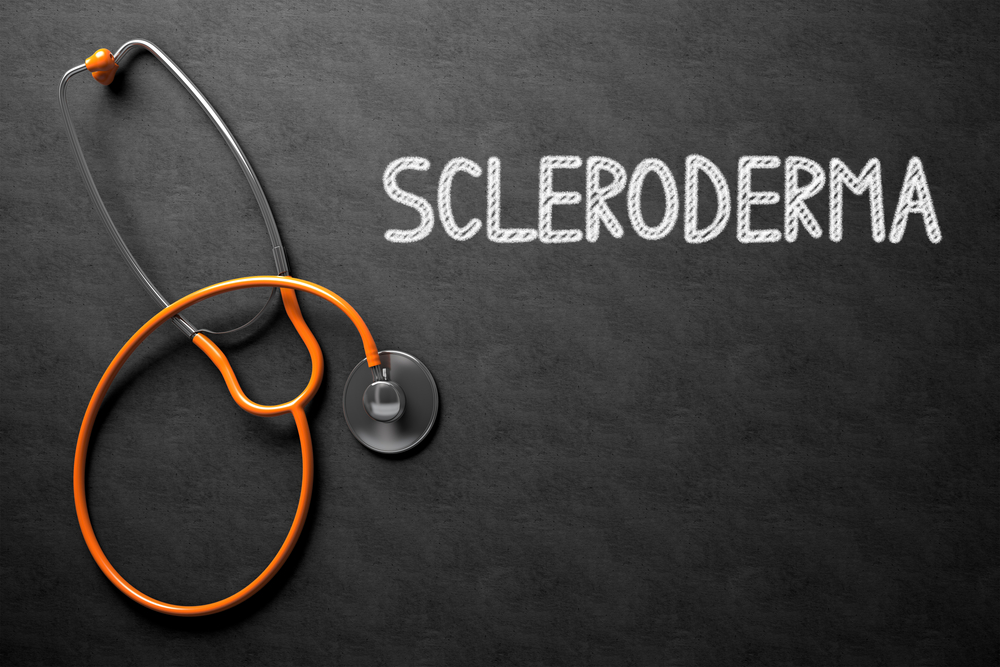Scleroderma Patients May Develop Calcinosis, Study Says

Patients with scleroderma may develop calcinosis, a condition marked by abnormal deposits of calcium salts in the body’s soft tissues, a new study says.
The study, “Are there risk factors for scleroderma-related calcinosis?,” was published in the journal Modern Rheumatology.
“Calcinosis is commonly found in pressure areas such as the extensor surfaces of the hands, elbows, and knees,” researchers wrote. “These deposits vary in size and shape, ranging from a tiny speck, pea-sized, to larger tumorous (>1 cm) often amorphous deposits, located most commonly in the fat pad of the fingertips. In some patients, these deposits grow as sheets, attached to muscles, tendon and ligaments, causing significant pain as well as limitation of range of motion.”
To better understand the prevalence and clinical features of calcinosis, researchers followed 215 scleroderma patients (65 with calcinosis and 150 without) from the outpatient Rutgers-RWJ Scleroderma Program, between 2012 and 2015.
The team analyzed several patient-related data, such as clinical characteristics, presence of other health conditions, autoantibodies, and imaging data.
Results showed that patients with both scleroderma and calcinosis were older and had significantly longer disease duration (about 20 years) compared to those without calcinosis (about 12 years). Also, limited cutaneous scleroderma was more common among those with calcinosis (54 percent).
Patients with calcinosis and scleroderma were nearly four times more likely to have longer disease duration and 3.43 times more likely to have osteoporosis.
The most common sites of calcinosis were the fingertips — 34 patients (52.3 percent) had calcinosis in the right hand and 30 patients (46.15 percent) had deposits in the left hand.
“Calcinosis is a disabling clinical feature in patients with scleroderma with no medical treatment available,” researchers wrote. “Several pharmacological options have been tried over the years but none have been shown effective in randomized controlled studies or accepted as standard therapy.”
According to the authors, patients involved in this study had been treated with colchicine (one patient), bisphosphonates (one patient), surgical extraction at one site (21 patients), and surgical extraction from more than one site (10 patients).
“Only surgical extraction offered relief from symptoms, albeit temporary,” the team wrote. “Most required pain relief, commonly with anti-inflammatory medications, acetaminophen, tramadol and narcotics. Therapeutic options have been unsatisfactory for almost all patients with enlarging deposits, especially if multiple areas are affected and the deposits are attached to muscles or tendons.”






